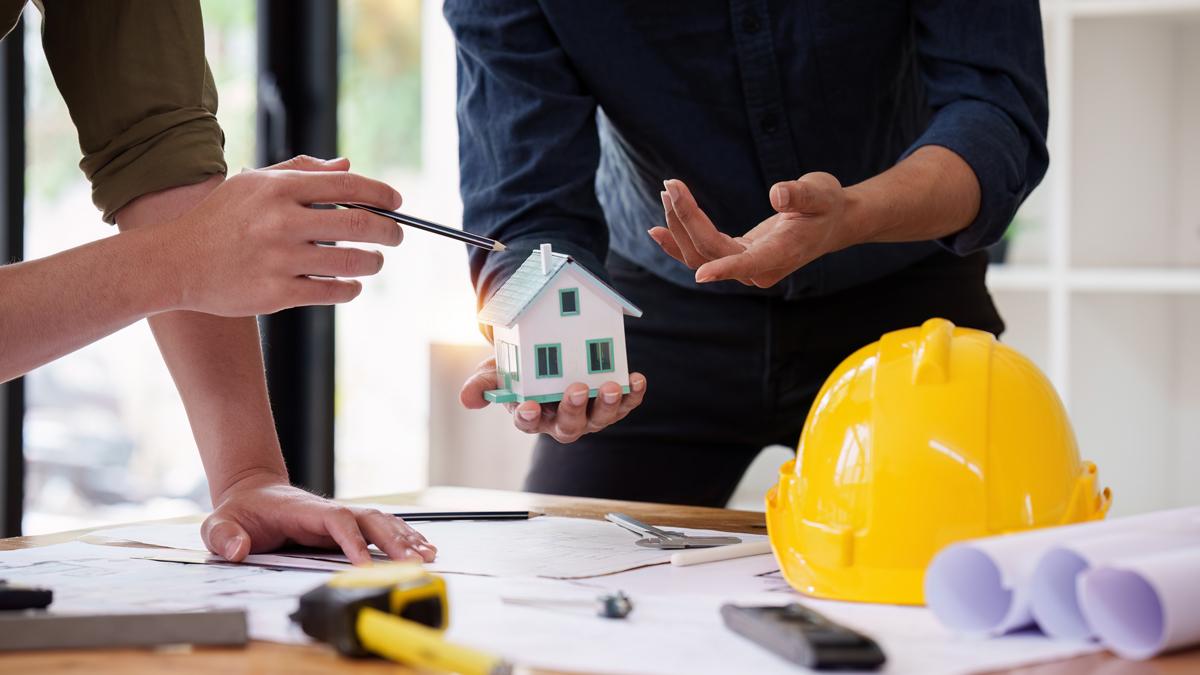Two giants lead the real estate market: land development and property renovation. Both aim to generate returns and increase asset value, but both work in their worlds. Understanding how they work can be vital to stay on top of the market. Whether you want to understand for your knowledge or a side hustle, continue reading below.
What is land development?
Land development is a simple process to understand, but to do it is another story. Land development refers to making a real estate asset using construction. This includes utilities, clearing land, and building a new house.
Land development is commonly done in rural to suburban areas for large areas of land and also to consider financial costs. In urban settings, it’s not uncommon to see zoning laws or community needs change rapidly, meaning they have to accommodate every time.
Key steps in the land development process
Land development requires a significant investment, and involves vital steps. Below you’ll see a simplified, yet insightful breakdown of the process:
- Site evaluation: Before development, the land should be evaluated for suitability and to see if it’s the right choice. The tests can vary from zoning laws and regulations to soil testing. These assessments are vital and useful when selling or conducting your project.
- Land acquisition: Analyzing the type of land is crucial to your project. Question the size, and location (urban or rural), or consider existing infrastructure. Making the right choice benefits your own time, value and later hassles.
- Designing & construction: Developers work with engineers, city planners, and architects. Once the land is secured, their work can begin to design the layout. This includes where utilities, roads, and the infrastructure itself are. As a side note, it’s always a good check to see if your project complies with regulations. Once everything is laid out (including all permits), designs are built according to the plans. City inspectors will do a regular inspection to ensure compliance.
- Marketing: One of the most crucial steps to appeal to buyers or investors. We advise you to contact a professional and test different fields of marketing to ensure you’re reaching the right audience.

Enhancing land development value through modern upgrades
Land development can be enhanced using the power of technologies and renovations itself. Sustainable land development is increasingly important in our current society. Not only is it highly attractive to commercial and residential buyers, but by utilizing renewable infrastructure (i.e. solar panels), environmentally-friendly landscaping, and smart city technologies you can stand out from your competition.
Understanding and incorporating building designs that can adapt can benefit you in both short-term and long-term value. Using a mixed-use development is up-and-coming on the market. Where the asset focuses on creating a vibrant recreational space that combines both residential and commercial assets.
What is property renovation?
Property renovation focuses on fixing an existing asset to enhance its appeal, aesthetics, and functionality. Renovation projects range from minor cosmetic to extensive structural repairs. Commonly, the reason for renovation is to improve its marketability and property value. However, other times it can be for fixing its functionality, repairs, and modernizing the space. Property renovation is popular in urban areas, where space is limited and buyers seek new and revitalized properties.

Key steps in the property renovation process
Renovation can be a rewarding short-term goal, it’s important to execute with precision and to plan carefully. A few tips to keep in mind are the ones mentioned below.
- Budgeting: The critical step of any well-thought-out budget, it’s how you decide between materials, contractors, permits, and any fees. Start by obtaining quotes for labour and materials, unexpected expenses, and the type of renovation.
- Goals: Understanding how to establish a goal is vital to have the largest impact on your ability. Whether it’s to enhance for market resale or to modernize the space; a renovation can go in thousands of ways. This assessment should involve the condition, repairs, and any limitations by local regulations or imposed by the structure itself.
- Brief ones include: Choosing the right contractor, securing permits, renovation time-line, demolition, prep work, installing new features/finishes, structural systems, inspections, and post-renovation clean-ups/maintenance.
Common property renovation types and techniques
Renovation projects can be in nearly any shape or form. Renovating your house can be as easy as ABC to as difficult as an exam. Below you’ll see some of the most common renovation projects:
- Sustainable renovations: Adding energy-efficient technologies can reduce long-term costs, and appeal to home buyers interested in green living. Examples of these include solar panels, energy-efficient windows, to the materials of construction.
- Restorations: This involves bringing the structure to how it was meant in the original design/blue-print. This phase is only for historic or vintage property, where the property has shifted whether it’s mold, broken walls, to dust. This can be an expensive process but can alive the unique character of the buyer.
- Cosmetic renovations: This can range from inexpensive to as high as you can think of. Simple cosmetics include new flooring, updating your fixtures, and painting. But can add to changing the walls, re-doing the kitchen, and adding furniture.
ROI of land development vs. property renovation
Imagine choosing between property renovations and land development as stocks. Low risk vs. high risk. Both can yield substantial returns, but the potential ROI and risk associated differ depending on a variety of factors.

Land development: With a bundle of higher risks and a greater upfront cost; land development offers long-term gains. The value tends to be appreciated higher, and often in urban areas.
Property renovation: Similarly to land development, renovations are done in urban areas. Renovations require less upfront costs and are short-term. While the overall potential for revenue is lower, so are the risks. Making it a safer option for smaller and new investors.
Conclusion
Whether land development or property development is right for you, depends on your factors. As a quick guide, take these questions into mind. “What are my long-term/short-term investment goals? “What are the current market conditions?” “What are my financial resources (i.e. balance, budget, loans)?” Land development caters to the option for a single fact of long-term value, but takes a longer timeline, large payments, and an absurd amount of planning. Property renovation is suitable for updated living spaces and provides a direct path to profitability.

